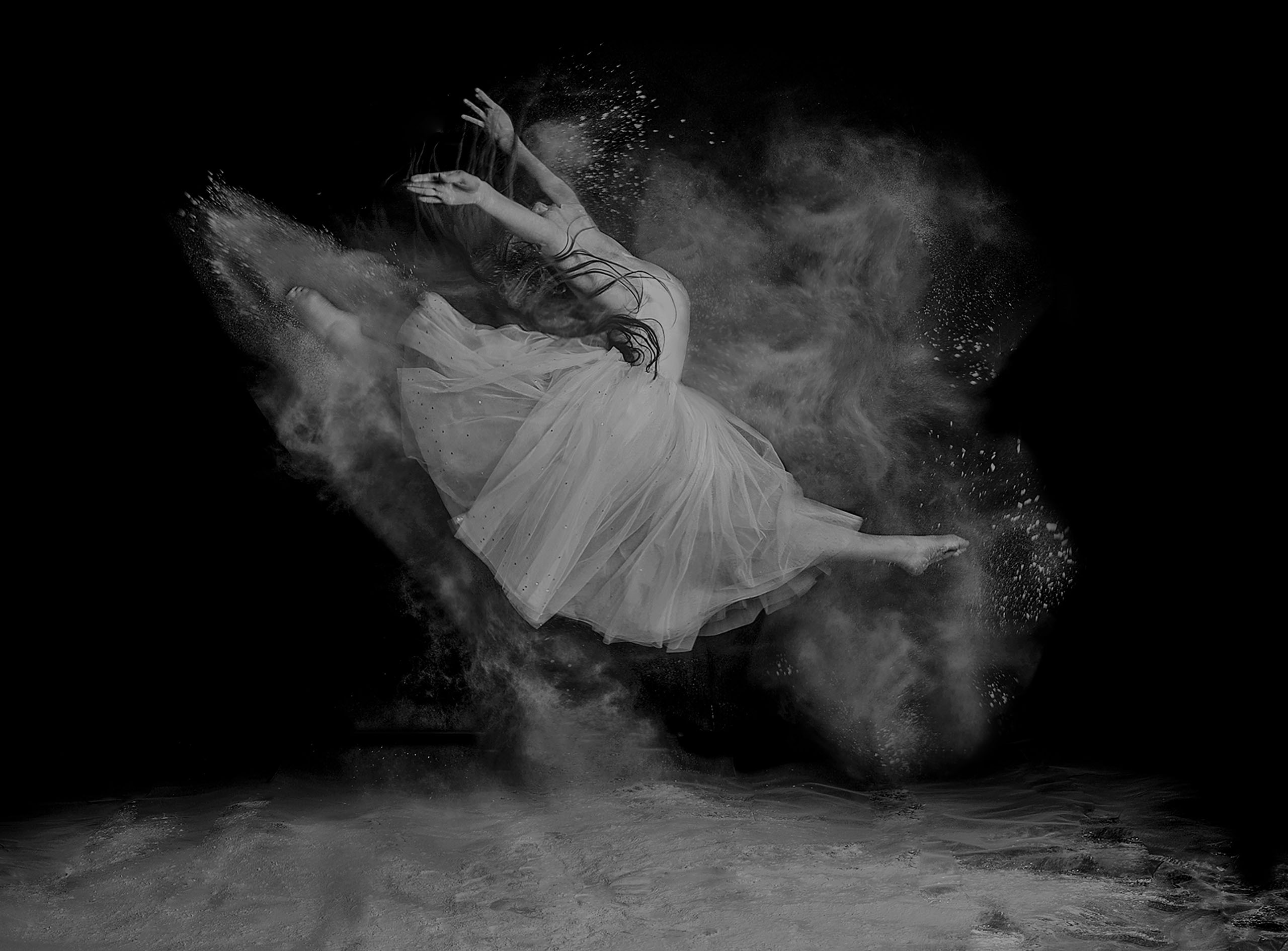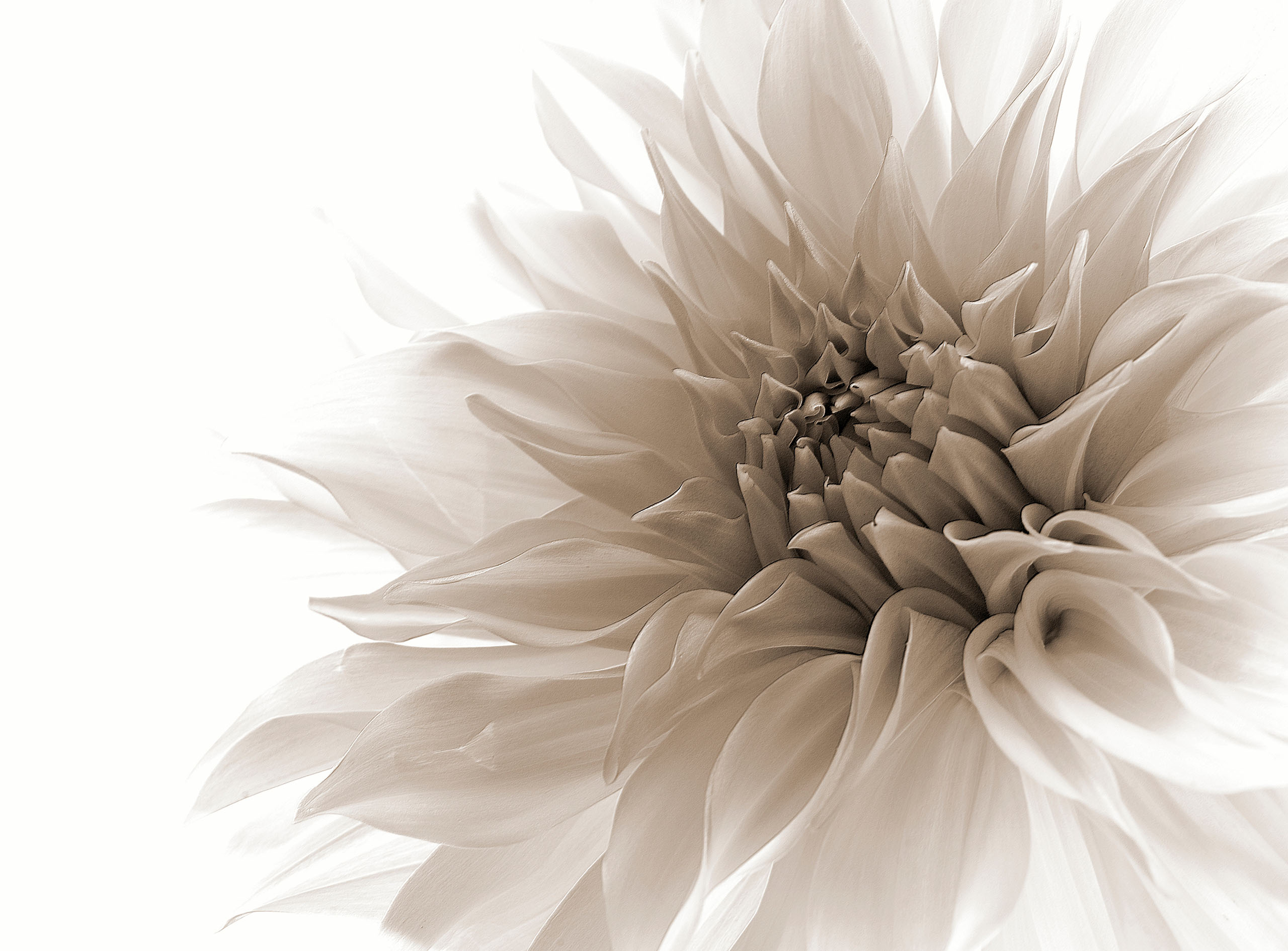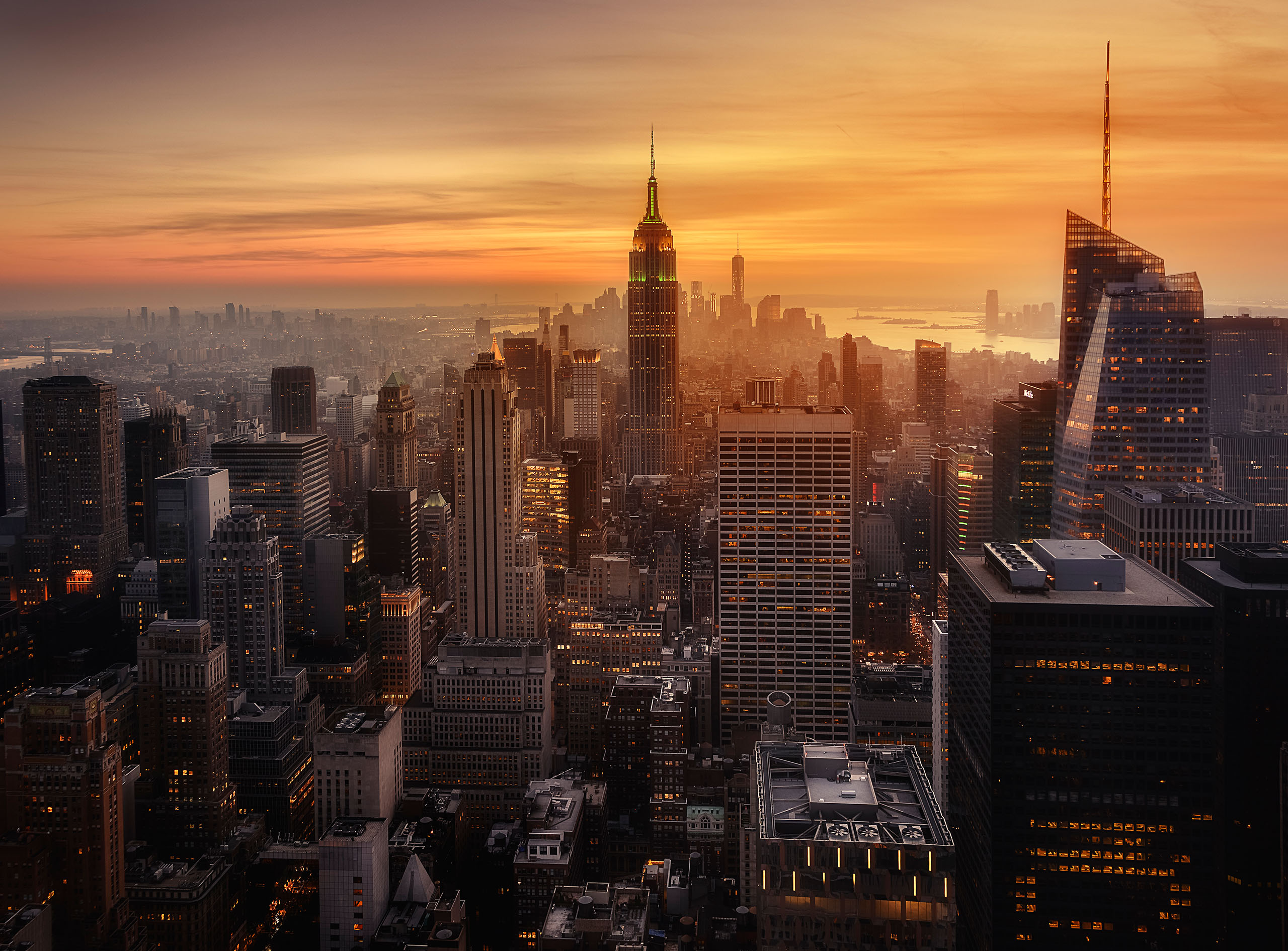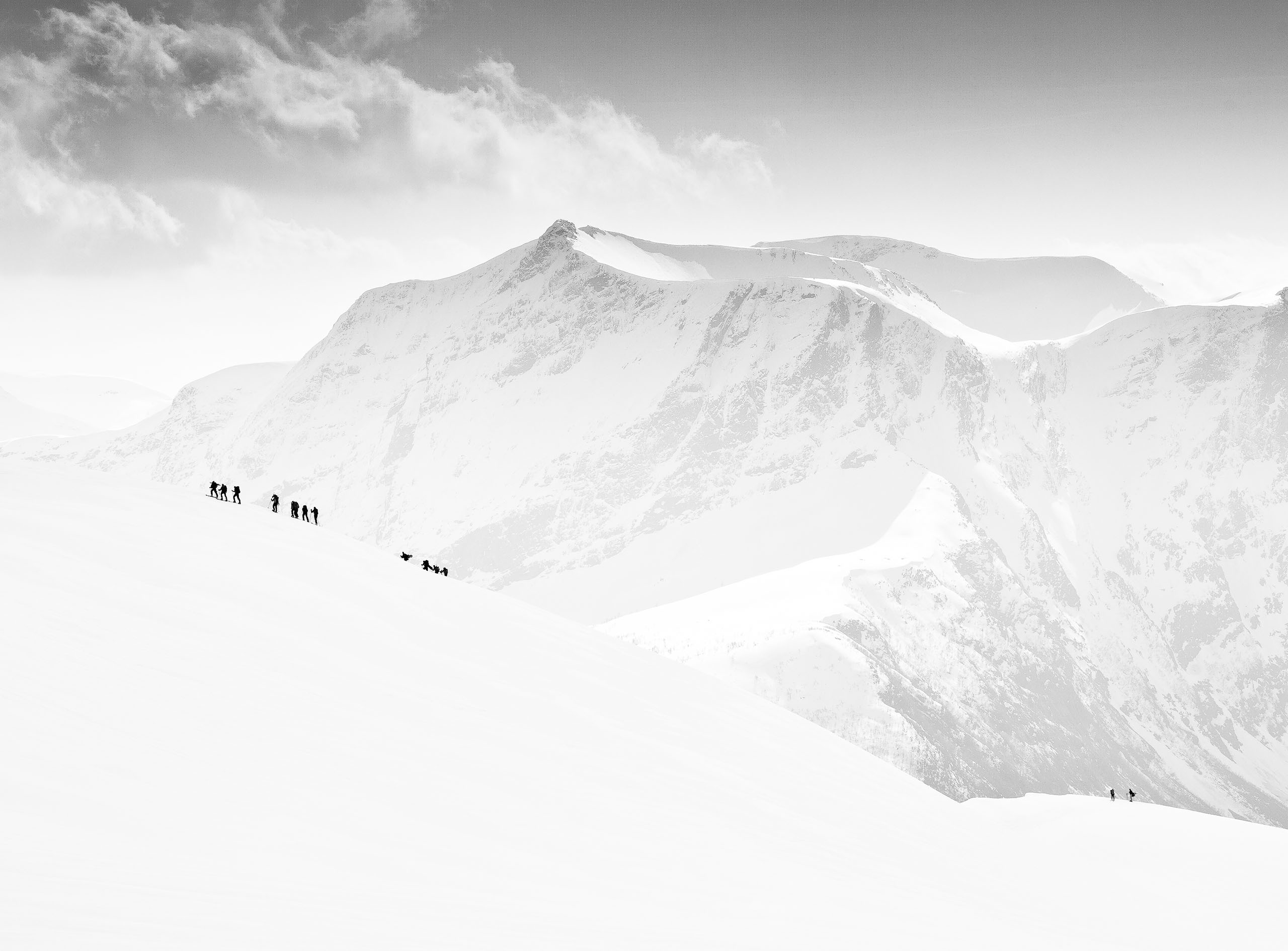So, after such an interesting and long-lasting debate :) let's continue our conversation.
In the era of 35 mm film photography authorship could be diagnosted relatively easy: whoever had the negative from which the photo print was made he was the author. Although there were controversial moments. I tell about it below.
Questions about authorship have arisen for a long time with the well-known Russian theorist of photo Alexander Lapin.
Alexander Lapin (1945–2012) — photographer, researcher, teacher.
Almost in every big Moscow newspaper or magazine his former students work now.
I was one of the first students of Alexander Lapin. After reviewing my creative work using photo editing he took me immediately to the 2nd course. My education was not for long: somehow I quit. He wrote to me, persuaded to return. I remember the phrase: "I feel interesting with you.". It was the most valuable appraisal in my life... Now I regret. But this is a separate story…
“The Beauty You Should Look For Under Your Feet!” — an interview with Alexander Lapin:
(Interviewer)
– In article “Photography And Poetry” you once wrote that “there are more good pictures than good photographers”. And you put forward the idea to make an exhibition of such photos that were rescued, perhaps, did not appreciated by authors themselves. The exhibition took place? Or the project was not realized?
(Alexander Lapin)
— There was no project. I recently hosted an “Epson My Favorite Photo” contest, hoping to find something. Well, I found some decent shots. And in fact — this is a huge work, which must devote all of themselves.
Photography is random, unlike any other kind of art as poetry or painting there are no accidents. And the photo is based on chance: a person involuntarily pressed the button of a camera hanging somewhere aside — and the shot turns out a masterpiece. But if this masterpiece is much smarter than a man at that time, if the photographer has not yet grown to it, then naturally he will throw out the picture. And I would find him. Here is a project.
A chance, often accompany with the creation of a photographic work. Moreover, this happens with everyone: with a newbie photographer, and with a great master. To be true, the master is “lucky” much more often, because he works immeasurably more, he understands what he is doing and is able to evaluate the result.
The second phenomenon is a consequence of the first. Only in photography, any amateur photographer, if he is very lucky, can take a picture, which is as valuable in artistic terms as the work of a photographer-artist. But, alas, most likely the masterpiece will disappear: our hypothetical amateur photographer simply cannot understand what happened to him. However, if there is someone with a taste of understanding, in other words, an expert who will be able to appreciate such a “gift of fate”, a unique picture will be saved for people. In this case, by the way, an interesting question arises: who is the author of the masterpiece — the expert or the one who pressed the button and then could not appreciate the picture. End of Lapin's quote.
And now I want to add from myself. Yes! The man involuntarily pressed the button of the camera, which hung from him somewhere at the side, but the masterpiece did not work. There was a technical marriage.
But the man is no longer the same. Maybe he even read Lapin. :) And he does not throw out this random frame, but sends his so-called “masterpiece” to approval and… gets it. :-) After that, he tries to make the next works look like the mentioned. And then others begin to repeat after him seeing that such a style is highly appreciated!
In the last century (it sounds very funny but for me it was like yesterday) I probably was the first in my native Baku who began to practice photo editing. At that time there was no “Photoshop” yet, but H.C. Woodhead had already appeared with his famous “Creative Photographic Printing Methods.” I studied this book from cover to cover, and then successfully used its methods.
By his drawings I made a special framework for combining images. With the help of these frames you created layers like in “Photoshop” nowadays. There were also other methods.
So, one day, my friend asked me for help.
He had a BW negative 24x36, low-contrast, but with an excellent plot.
It was the head of the caryatid of the old house that was tied with electric wires with cups and seemed to call for help. The image was really great. And my friend was going to participate with it in the competition in Germany.
The theme of the contest was devoted to the protection of ancient monuments.
But there was a problem. They required to send a large imprint. At least 30x40 cm. As you understand, at those time, it was difficult to print from a small, Soviet, low-contrast negative (not “Kodak” or “Ilford”) large imprint on Soviet or Czech paper, and even with the preservation of sharpness. If now the pixels come out, thereat the grains did :)
Without thinking twice, I suggested that he use the “method of filtering parts by development”. This method was taught to me by a famous photo artist Vladimir Filonov.
Since my friend did not know what it was, I had to deal with the process myself. I had a photo photographic sheet with a contrast coefficient of 8-10. It is usually used in offset printing in printing houses. For comparison, in a conventional 35 mm roll film, this coefficient is 0.8.
I printed a 9x12 cm positive. I applied the “hungry development”, i.e. a few minutes later interrupted the development and rolled the film on the glass. I finished it on the glass, and then I fixed it. As a result, a very fine contrasting useful grain appeared, local contrast appeared and the overall sharpness increased as well. (I write about it in such detail because I know that there are many members who find it interesting, and they, like me, are pleased to recall this magic happening in the dark room, which we called the photo lab.)
After several such tests, I received the desired positive, and then the negative with the help of contact printing.
This negative 9x12 cm I handed to my friend. He gave it to print and received an imprint of 60x90 cm!
So, he sent the photo of excellent quality to Germany. According to the results of the competition, the work received a silver medal.
The question arises. The work was printed from the negative 9x12, which I created. I am the author of a new negative. Who is the author of this work? And although I am not the author of the picture, I did not press the button, but should there be one or two signatures under the photo? :-) Maybe I should have been listed as a co-author?
Please note that I do not claim anything. I only raise questions that, it seems to me, arise not only from me.
Consider another example. On 1X website I often see published or unpublished photos (it doesn’t matter) that I think are very interesting or potentially interesting but with a number of flaws.
Some of these photos I want to fix, as we say "bring to mind." Then I take a screenshot and start photo editing. Sometimes I sent the result to the author, but this is an ungrateful business,
show the author his edited work :) So I stopped doing it.
Once I saw one such work in bright colors, with large perspective distortions, with a crooked pillar, with electric wires in the foreground, interfering with viewing. I corrected perspective distortions, removed this pillar, removed wires in the sky, darkened the bright sky, increased sharpness, I took an evening one from the day's picture, with elements of drama.
I have been busy with this work for a long time, but I liked the result.
When I sent this work to the author of the original image, he liked the result, too. But he did not recognize his picture !! :-) He thought that I, too, was in this very distant place for me, took this story from a different point of view and at another time of the day.
I had to apologize for this friendly mystification and confess that it was his photo that I edited. Thank God that he was not offended, but said that all this is very funny and asked where I took his original file. :-)
Well, again the question arises. If the author does not recognize his picture and thinks that this is my picture, so who is the author? And if I can publish it in the case? Of course, I will not do it, but still? :-)
By the way, in movies this problem was partially solved. But this is also a separate topic.
Well, that's all. Let's talk :-)
PS. Some details on Alexander Lapin. From 1979 to 1983 he taught at the correspondence public university of art.
He organized the “Studio of Artistic Photography’’ in the House of Culture of Moscow State University (1985–1987).
At the Moscow State University held the “First Moscow Youth Exhibition” (1986),
then he organized an exhibition of the master of street shooting, Igor Mukhin (1987), for holding the exhibition was fired!!!
From 1992 to 1997 — member of the Commission on State Prizes in the field of fine arts under the President of the Russian Federation, expert in photo art.
In 2003, Alexander Lapin published the first edition of the book “Photography as…” which quickly became a bestseller.
The book discusses the theory of black and white documentary photography, the laws of photo composition, the psychology of perception of photography. There is an analysis of the principle of evaluation and analysis of photographic images.
In 2006, the second book was released: “Plane and Space, or Life Square”.
In 2009, Epson and Leica presented the exhibition “Lapin School”, which exhibited more than 300 photographs of Alexander Lapin himself, as well as his students.
(See the site of Igor Mukhin: http://igormukhin.com. He’s an outstanding street photographer.)
From 1992 to 1997, Lapin was a member of the commission on state prizes in the field of fine arts under the President of the Russian Federation, an expert on photo art.
As a photographer, he participated in many exhibitions (Russia, Germany, Sweden, Denmark, Finland, France, Switzerland, America, England), held 5 solo exhibitions in various countries. Works are in collections in Pushkin Museum of Fine Arts in Moscow, Corcoran Gallery of Art in Washington, Fine Art Museum in Boston, in private collections and galleries.
PPS. “Photo Poetry” — article by Alexander Lapin: http://www.interfotki.ru/catalog/articles/355/17,
http://www.stosvet.net/1/Lapin. Read it, it's interesting!







